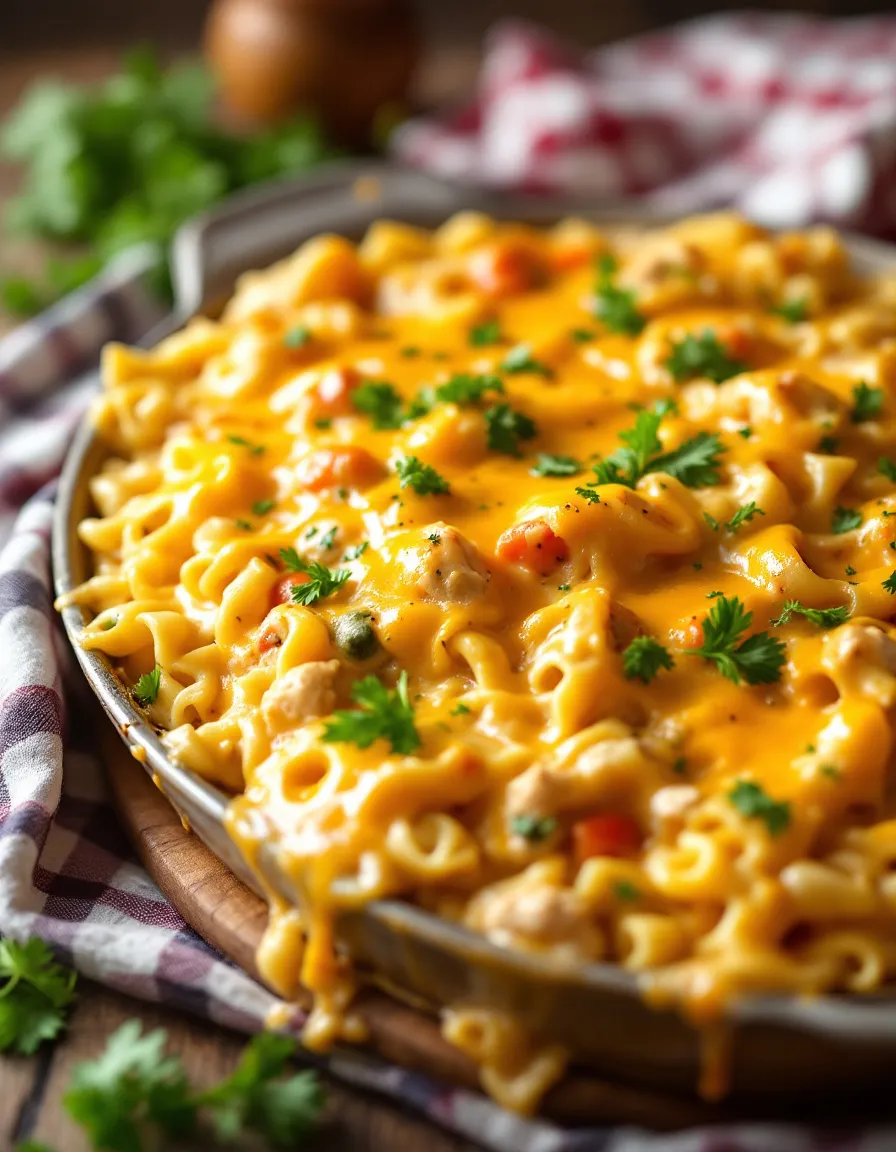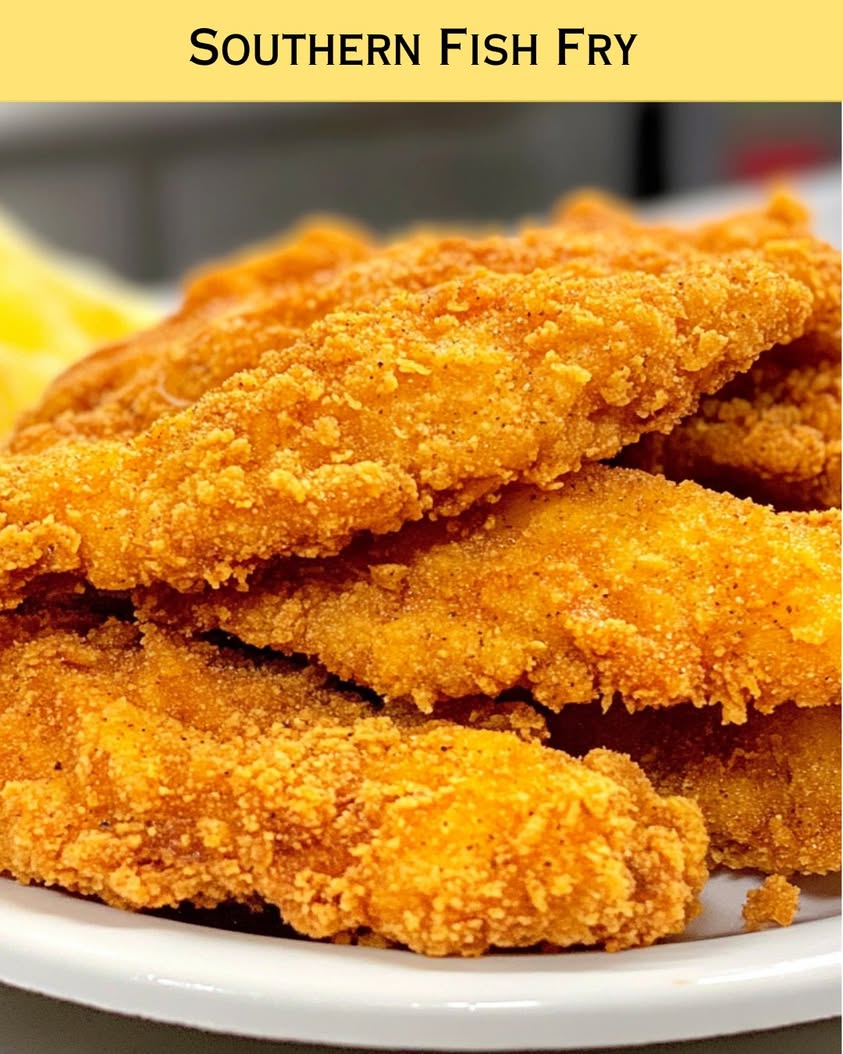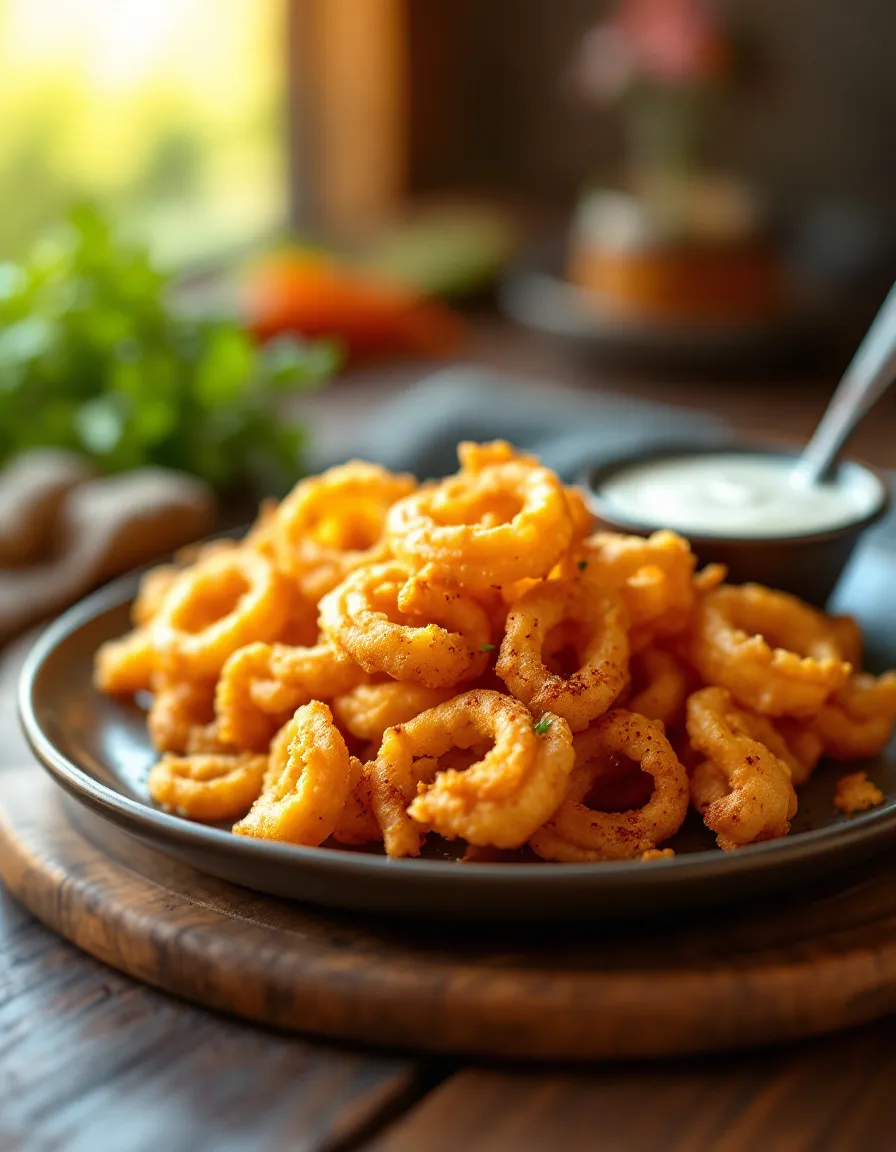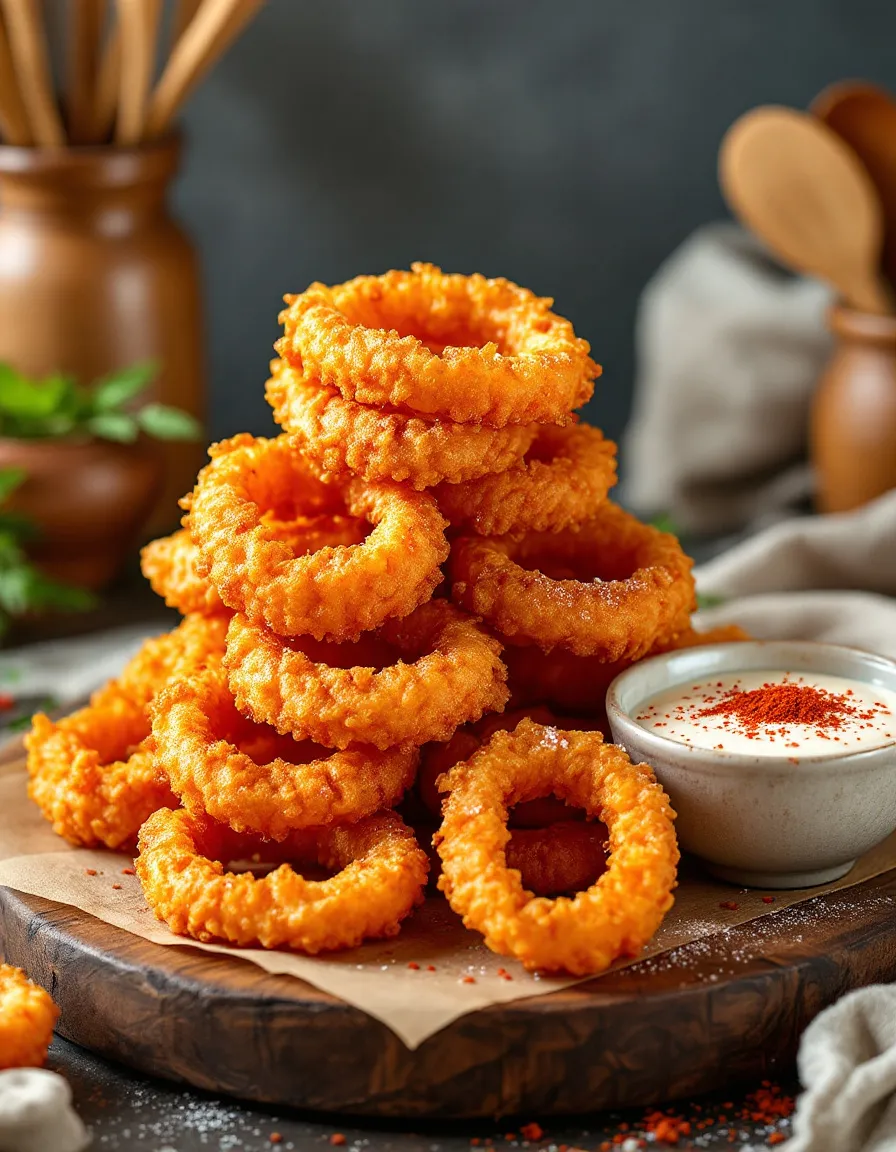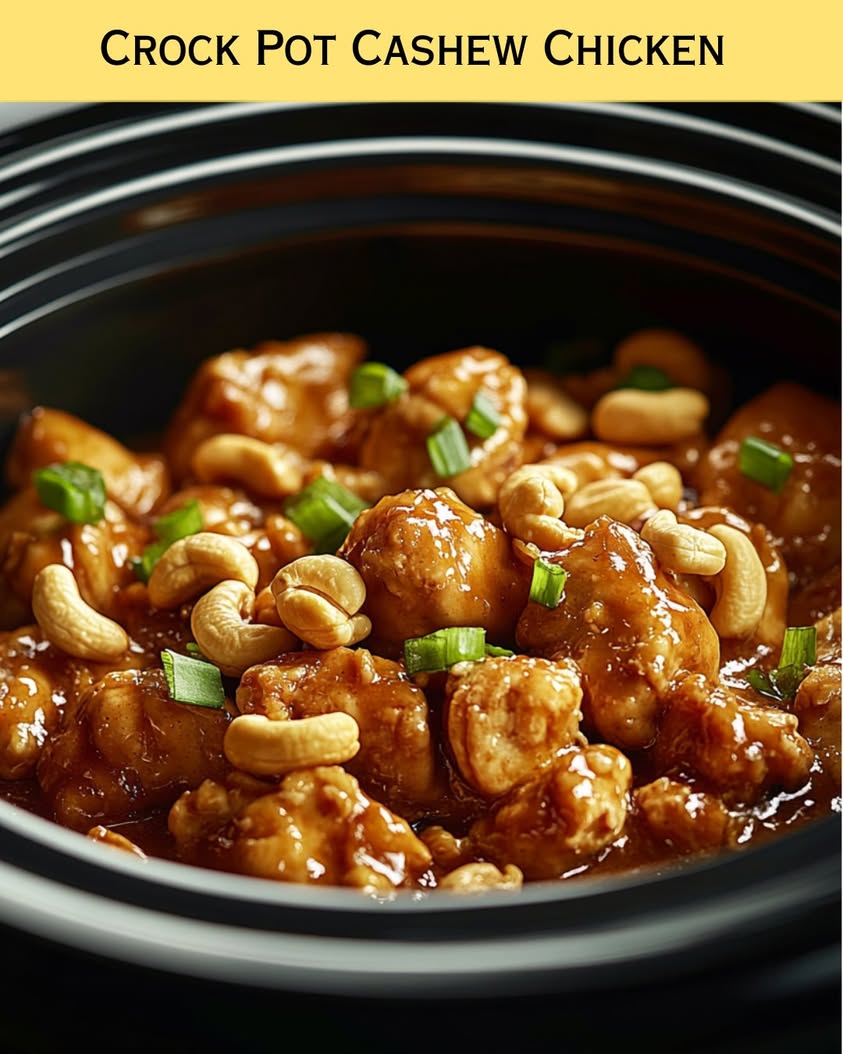Delicious Amish Potato Salad: A Crowd-Pleasing Favorite
Potato salad is a beloved classic that graces many family gatherings and potlucks, and this Amish-style potato salad recipe stands out among the rest. My Amish buddy brought this dish to our last potluck, and let me tell you, it was an instant hit! The combination of hearty potatoes, creamy dressing, and the crunch of celery keeps every bite exciting and satisfying. With its rich flavors and wholesome ingredients, this potato salad is more than just a side dish—it’s a comforting staple that evokes feelings of nostalgia and togetherness.
Easy to prepare and full of flavor, this Amish potato salad is sure to impress. Each spoonful brings a smile, combining the creaminess of mayonnaise with a hint of tang and a sprinkle of seasoning. Perfect for any occasion, from summer picnics to holiday feasts, this dish not only fills the tummy but also warms the heart. Discover the joy of sharing this delicious potato salad at your next gathering and watch as it becomes a fast favorite among family and friends.
Quick Recipe Highlights
- Flavor Profile: This potato salad features a blend of creamy, tangy, and savory elements that come together beautifully, creating a refreshing contrast with the hearty potatoes.
- Texture: The soft, creamy potatoes are complemented by crunchy vegetables like celery and onion, offering a delightful mouthfeel in every bite.
- Aroma: The aromatic notes of mustard and vinegar enhance the overall sensory experience, evoking a sense of homemade goodness.
- Visual Appeal: This salad is visually stunning, with vibrant yellow mustards mingling with the white of the potatoes and the green crunch of celery, making it a feast for the eyes.
- Skill Level Needed: This recipe is beginner-friendly, making it accessible for cooks of all skill levels. With straightforward steps, you’ll have it ready in no time.
- Special Equipment: All you need are basic kitchen tools like a pot for boiling, a sharp knife, and a mixing bowl to create this delightful dish.
Recipe Overview
- Difficulty Level: With easy-to-follow instructions, this recipe is perfect for beginners looking to create a comforting classic without much hassle.
- Category: This potato salad fits into the category of side dishes, ideal for barbecues, family gatherings, and potlucks.
- Cuisine: Rooted in traditional Amish cooking, this recipe reflects the simple yet flavorful ingredients celebrated in their culinary practices.
- Cost: The ingredients for this recipe are quite affordable, with potatoes, mayonnaise, and celery being common pantry staples, making it budget-friendly.
- Season: Perfect for spring and summer gatherings, this dish shines during warmer months, complementing grilled meats and fresh veggies.
- Occasion: This potato salad is versatile enough for casual picnics as well as more formal gatherings, ensuring it fits in at any event.
Why You’ll Love This Recipe
This Amish potato salad is a delightful combination of taste and texture that will have your taste buds dancing. The creamy dressing clings perfectly to each potato, creating a comforting dish that is always a welcome addition to any table. The crunch from the celery adds a refreshing contrast, while the subtle tanginess from the mustard gives it a unique twist that sets it apart from traditional recipes.
The convenience of this recipe cannot be overstated. It comes together in less than an hour and can be made ahead of time, making it a perfect choice for busy days when you want to impress your guests with minimal effort. Simply allow the flavors to meld overnight for an even more delicious experience.
Nutritionally, this dish offers a balance of carbohydrates from the potatoes, fiber from the celery, and protein from the eggs, making it a satisfying side that’s more than just empty calories. This potato salad embodies comfort food while also providing a nourishing component to your meal.
The social aspect of sharing a homemade potato salad cannot be overlooked. This dish fosters a sense of community and connection as it is often shared among family and friends during gatherings, evoking conversations and memories around the dining table.
Finally, with a low cost and simple ingredients, this Amish potato salad is accessible to everyone. You don’t need rare items or expensive tools, making it a dish anyone can make whether you’re a novice cook or a kitchen pro.
Historical Background and Cultural Significance
This Amish potato salad has its roots in the tradition of simple, hearty foods that the Amish community values. Originating from the Pennsylvania Dutch, it has been a staple at potlucks and gatherings for generations. The Amish had a profound appreciation for wholesome, home-cooked meals made from ingredients sourced from their gardens and farms, and this recipe reflects that commitment to quality.
Culturally, potato salad is more than just a dish; it represents a gathering of family and friends. The Amish lifestyle emphasizes community and togetherness, and meals often serve as a means of building those connections. Sharing this potato salad at gatherings is a way of expressing love and hospitality, hallmarks of Amish culture.
Over the years, this recipe has evolved, incorporating local flavors and ingredients while maintaining its foundational elements. While many variations exist, the core idea remains consistent: a creamy, comforting salad that brings people together.
Regional variations highlight the adaptability of potato salad across different cultures. While the Amish version tends to be creamy and straightforward, variations can include different dressings, spices, or additional vegetables, reflecting local tastes and preferences.
Ingredient Deep Dive
**Potatoes**
Potatoes are often hailed as one of the world’s most versatile ingredients, with a rich history dating back thousands of years. They offer a high carbohydrate content, making them an excellent source of energy. When selecting potatoes for salad, choose waxy types like Red Bliss or Yukon Gold, as they hold their shape well when boiled.
Storage is essential; keep potatoes in a cool, dark place, and avoid refrigeration as it can alter their flavor. If you’re running low on time, substitute with new potatoes or even pre-cut varieties to simplify the cooking process.
**Mayonnaise**
Mayonnaise serves as the creamy binder in potato salad. Originating from the French, it is made primarily from oil, egg yolks, and vinegar, providing a luscious texture and tangy taste. Nutritionally, mayonnaise offers a dose of healthy fats, but moderation is key due to its calorie content.
When selecting mayonnaise, you might find options that are made with different oils, or even vegan alternatives made from aquafaba. For those who prefer a lighter option, feeding your guests with Greek yogurt mixed with mustard can serve as a tasty substitution without sacrificing creaminess.
**Celery**
Celery brings necessary crunch to this potato salad. Traditionally used for centuries, it is a wonderful source of fiber, vitamins, and minerals. Choosing bright green stalks with firm texture is crucial for optimal freshness.
Store celery in the refrigerator wrapped in a damp cloth or submerged in a container of water. If you have a bunch of celery that’s wilting, don’t discard it! You can use it in soups or stocks.
Common Mistakes to Avoid
- Not Salting the Water: Failing to salt the boiling water can result in bland potatoes. Make sure to add a generous pinch of salt to enhance the natural flavors of the potatoes.
- Overcooking the Potatoes: Boiling potatoes for too long can lead to mushiness. Cook until fork-tender but still firm enough to hold a shape.
- Skipping the Cooling Step: If you mix warm potatoes with the dressing, it may become greasy. Allow potatoes to cool for the best texture.
- Not Letting it Rest: Serve your potato salad immediately for the best flavor but expect an improvement when it’s left in the fridge for a few hours as the flavors meld.
- Forgetting About the Add-ins: Some forget to include mix-ins like celery or onion. Don’t skip these; they add essential texture.
- Using Low-Quality Ingredients: High-quality mayonnaise and fresh ingredients significantly impact the outcome of the salad. Opt for the best you can find.
- Mismeasuring Ingredients: Following the ingredient proportions is crucial. Adjusting too much of one element can throw off the flavor balance.
- Skipping the Tasting: Always taste your potato salad before serving. Frequently, a slight adjustment can make a world of difference!
- Being Inflexible: Don’t feel tied to the recipe. Feel free to adapt based on preferences or allergies!
- Not Chilling the Bowl: Using a warm bowl can affect the salad’s temperature. For an ultimate refreshing effect, chill your bowl before mixing.
Essential Techniques
Boiling Potatoes: Boiling potatoes is crucial for achieving the right texture. Start with cold water, ensuring even cooking, and avoid overcrowding the pot for uniform heating. A fork should easily pierce the potato when done, signaling it’s cooked without being mushy.
Mixing Ingredients: Gently folding the potatoes into the dressing is key. This technique preserves their shape while ensuring they are coated evenly. Be cautious to avoid mashing the potatoes for a perfect salad consistency with defined chunks.
Pro Tips for Perfect Amish Potato Salad
Begin with selecting the right potatoes; waxy types work best for maintaining their shape. When boiling, always start in cold salted water for even cooking. Remember to cool the potatoes completely before mixing with the dressing for a creamy outcome.
For added flavor, let the salad rest in the refrigerator for at least an hour, allowing the spices to penetrate each bite. If you want a bit of sweetness, consider adding finely diced pickles or sweet relish to the mix.
For a vibrant touch, garnish the salad with fresh herbs like parsley or dill before serving. This not only enhances the dish’s presentation but also adds a fresh taste.
When making ahead, consider storing the dressing separately until ready to serve, ensuring the salad remains fresh and perfect. If you’re scaling up the recipe, be sure to mix in a large bowl to accommodate all ingredients without splashing.
Finally, don’t hesitate to experiment with add-ins such as diced bell peppers or a sprinkle of paprika for an exciting twist!
Variations and Adaptations
Regional variations of Amish potato salad can introduce some unexpected but delightful flavors. In the Midwest, you might find versions that incorporate bacon, offering a smoky depth that pairs beautifully with the creamy dressing.
For seasonal adaptations, consider incorporating fresh herbs like dill in spring or roasting vegetables to add a rustic touch in fall. As for dietary modifications, replacing mayonnaise with an avocado-based dressing can create a wholesome and creamy vegan option.
Flavor variations can include adding a hint of curry powder for an exotic spin or incorporating mustard for a unique tangy flavor. If texture is your concern, experiment with sliced olives or chopped nuts for an added crunch.
To present this dish in a captivating manner, try serving it on a bed of leafy greens, garnished with sliced radishes for a beautiful color contrast.
Serving and Presentation Guide
To plate your Amish potato salad beautifully, layer it on a colorful serving platter for an eye-catching display. Consider garnishing with fresh herbs like chives or parsley for a pop of green. Serving it cold from the refrigerator enhances its refreshing qualities, making it perfect for warm gatherings.
For additional flavor and color, accompany the salad with cherry tomatoes or cucumber slices on the side. These provide not just texture but also bright visuals. When considering portion control, serving in smaller bowls may help to manage servings while creating enticing plates.
Experiment with different serving styles, such as individual glass cups for a more modern approach, allowing guests to enjoy their portions while maintaining an elegant table.
Wine and Beverage Pairing
For a delightful pairing, consider serving this Amish potato salad with a chilled white wine, such as Sauvignon Blanc, which complements the creamy dressing beautifully. Its crisp acidity balances the richness of the salad, enhancing the meal’s overall enjoyment.
If you prefer non-alcoholic alternatives, a sparkling lemonade or iced herbal tea makes for a refreshing choice that complements the flavors without overpowering them. For something heartier, a light lager beer can pair well, providing a refreshing contrast to the rich salad.
When serving coffee or tea, opt for light, aromatic varieties that won’t clash with the salad’s flavors, such as a mild chamomile or a smooth blonde roast coffee.
Storage and Shelf Life
To maximize the freshness of your Amish potato salad, store it in an airtight container in the refrigerator. The salad will typically keep well for about 3 to 5 days. It’s essential to check for any signs of spoilage, including off odors or changes in texture.
For optimal taste, avoid freezing, as mayonnaise-based dressings can separate and change in texture when thawed. If you must freeze it, consider omitting the dressing beforehand and keep the potatoes separate. Reheating should be avoided altogether; instead, serve the salad cold for the best experience.
Should you need to store leftover dressing, keep it in a sealed jar in the fridge, where it can usually last up to a week. When preparing to reheat any leftovers, be sure to do so gently in the microwave, ensuring even heating without becoming too mushy.
Make Ahead Strategies
Preparing your Amish potato salad a day in advance enhances its flavor as the ingredients meld overnight. Begin by prepping the potatoes and other ingredients, but keep the dressing separate until the day of serving for the freshest taste.
If you find yourself short on time, you can boil the potatoes and chop the veggies ahead of time, storing them in separate containers in the fridge. This reduces prep time significantly on the day of serving and keeps flavors fresh.
During assembly, combine everything in a large bowl but consider folding in mandatory last-minute elements, like fresh herbs, for a burst of freshness right before serving.
If you want to add freshness to the salad at the last moment, consider adding fresh vegetables or crispy toppings just before serving to maintain that desired crunch.
Scaling Instructions
Scaling up this Amish potato salad recipe is simple. For larger gatherings, you can double or triple the ingredients while keeping the proportions consistent. Just ensure you mix in a sufficiently large bowl to accommodate all ingredients.
When halving the recipe, it’s still essential to keep the flavors balanced, so reduce the notable ingredients without making drastic changes to the dressing ratios. If cooking in larger quantities, adjust the boiling time for the potatoes to ensure even cooking across the batch.
Also, consider equipment adjustments; larger pot capacities may be necessary for boiling a larger amount of potatoes effectively without overcrowding. For storage, larger containers or dividing into smaller portions makes for easier arrangement in the refrigerator.
Nutritional Deep Dive
Analyzing the macro breakdown of this Amish potato salad reveals a balance of carbohydrates from the potatoes, fats from the mayonnaise, and protein from eggs if included. Each serving provides a hearty, filling side perfect for meals, particularly during social occasions.
Micronutrient analysis indicates the benefits of vitamins C and K found in potatoes and celery. The combination provides antioxidants that support overall health, making this dish not only delicious but beneficial when enjoyed in moderation.
Health benefits also emphasize the potential high fiber content, especially if using skin-on potatoes, promoting digestive health and satiety. Be mindful with portions to prevent excessive caloric intake, especially since mayonnaise can be calorie-dense.
For weight management, consider pairing this potato salad with grilled proteins or fresh greens, creating a balanced plate that satisfies hunger without heavy caloric loads.
Dietary Adaptations
For those needing gluten-free options, this Amish potato salad is naturally gluten-free, ensuring everyone can enjoy it without worry. To cater to dairy-free diets, simply replace mayonnaise with avocado or a vegan mayo alternative, maintaining that creamy texture.
Vegan adaptations can be achieved by omitting egg and focusing on plant-based ingredients. Similarly, a low-carb adaptation could involve substituting traditional potatoes with cauliflower, creating a lighter version while replicating the beloved flavors.
Keto alternatives focus on minimizing carbohydrates further, using cream-based dressings instead of mayonnaise, while still providing a tantalizing salad. Paleo enthusiasts can substitute with a homemade dressing using whole food ingredients.
Low-FODMAP dieters may choose to omit onions and garlic from the recipe, while adding herbs to enhance flavors without the potential digestive stress.
Troubleshooting Guide
For texture issues, if your potatoes become too soft, ensure they are boiled just until fork-tender. A quick rinse under cold water will halt the cooking process.
If the flavor feels off-balance, adding a splash of vinegar or a pinch of salt can often remedy the blandness. Never hesitate to adjust your dressings based on taste preference.
When facing temperature problems, remember that chilling contributes to flavor development. If it’s too cold when serving, let it sit at room temperature for a short duration for the best taste.
For any equipment challenges, ensure you use non-stick pots for boiling to minimize sticking and maximize even cooking.
Ingredient substitutions may alter taste and texture, so always adjust with caution and start slow when introducing alternatives in the recipe for the best results.
Timing concerns come down to allowing enough time for the salad to chill and flavors to merge, so plan adequately if serving for occasions.
Recipe Success Stories
Many readers have shared how this Amish potato salad has become a sought-after dish during their family gatherings. Its rich flavor and satisfying texture resonates, leading to requests for the recipe from friends and family alike.
Variations inspired by this recipe have also emerged, with readers adding in their personal touches, such as hard-boiled eggs or pickled veggies, showcasing the flexibility of this beloved dish.
Adaptation stories abound as many adjust ingredients based on dietary needs, demonstrating the recipe’s versatility across different preferences and cultural influences.
Photography tips for this potato salad often include emphasizing its creamy textures and vibrant colors, ensuring that dish captures the attention and entices everyone present.
Frequently Asked Questions
Yes! You can easily substitute the mayonnaise with a vegan alternative or mashed avocado to keep it creamy without using animal products.
Typically, Amish potato salad can be stored in the refrigerator for about 3 to 5 days when placed in an airtight container.
It’s not recommended to freeze potato salad containing mayonnaise, as it tends to separate when thawed.
You can add a tablespoon of Dijon mustard to the dressing for an added tang, or incorporate fresh herbs for more flavor depth.
Consider adding diced pickles, sweet relish, or even bacon for a smoky flavor that complements the creamy potatoes perfectly.
To prevent browning, add a little lemon juice to the cooked potatoes immediately after draining as it will help preserve their color.
Although Yukon Gold and Red Bliss are best, you can use any waxy or all-purpose potatoes as they hold up well in salads.
Absolutely! This Amish potato salad is naturally gluten-free, making it suitable for those with gluten sensitivities.
We recommend serving it cold rather than reheating. However, if you must, warm it gently while avoiding overcooking.
Yes! Making it the night before allows flavors to meld beautifully and enhances the overall taste when served chilled the next day.
